Gwalior, Madhya Pradesh
Been there recently?

The royal city of Gwalior, located in the heart of Madhya Pradesh, stands in regal splendour with a magnificent hilltop fort and the opulent Jai Vilas Palace. Numerous palaces and temples can be found there, including the intricately carved Hindu temple Sas Bahu Ka Mandir. A winding road lined with holy Jain statues leads to the historic Gwalior Fort, which is perched on a sandstone plateau and provides stunning views of the city. The Gujari Mahal Palace, a 15th-century structure that is now a museum of archaeology, is enclosed within the fort’s high walls. Gwalior, which has a scattering of historic buildings, serves as a gateway to India’s wild interior, where several dense forests and tiger reserves are hidden. The city of Gwalior is renowned for its unmatched reputation in Indian classical music. Most classical Indian musicians can trace the roots of their style back to the Gwalior Gharana, one of the oldest traditions.
Nearby Places to See
Jai Vilas Palace Museum
The magnificent Jai Vilas Palace and Museum is an impressive European-style castle located in the centre of Gwalior. The palace, which is lavish from every angle, is home to a number of rare items from the former rulers of Gwalior’s private collection. One of Asia’s largest carpets and two enormous chandeliers adorn the Durbar Hall’s interior, which is glistening with gilt and gold. A silver buggy, a silver chariot, palanquins, and vintage luxury cars are among the items from the royal family’s collection that are on display in the museum, which takes up about 35 rooms of the palace.
The magnificent Jai Vilas Palace and Museum is an impressive European-style castle located in the centre of Gwalior. The palace, which is lavish from every angle, is home to a number of rare items from the former rulers of Gwalior’s private collection. One of Asia’s largest carpets and two enormous chandeliers adorn the Durbar Hall’s interior, which is glistening with gilt and gold. A silver buggy, a silver chariot, palanquins, and vintage luxury cars are among the items from the royal family’s collection that are on display in the museum, which takes up about 35 rooms of the palace.
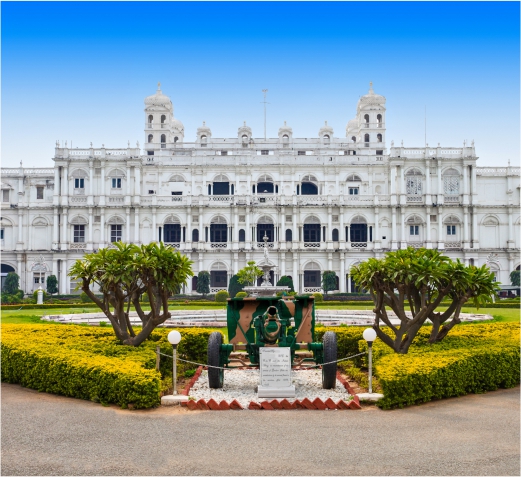
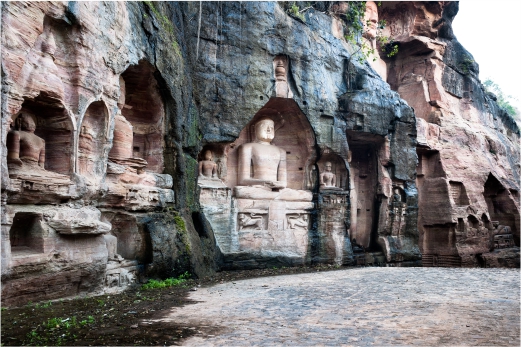
Gopachal Parvat
The Gwalior Fort Complex is located on this hill in the heart of the city. Numerous large, intricately carved statues of Jain Tirthankaras can be found lining the cliff sides of the hill. Five groups of the statues are depicted on the hill’s sides. These statues are tall, with the tallest standing at 58 feet. Between the 7th and 15th centuries, the Tomar kings who long ruled Gwalior constructed these statues.
The Gwalior Fort Complex is located on this hill in the heart of the city. Numerous large, intricately carved statues of Jain Tirthankaras can be found lining the cliff sides of the hill. Five groups of the statues are depicted on the hill’s sides. These statues are tall, with the tallest standing at 58 feet. Between the 7th and 15th centuries, the Tomar kings who long ruled Gwalior constructed these statues.
Teli Ka Mandir
The ancient Teli Ka Mandir, which dates to the ninth century, is located in the Gwalior Fort and also happens to be its tallest building. The shikhara or spire of this 100-foot-high structure, decorated with intricate carvings, dominates the fort. The temple is devoted to Lord Vishnu and honours Garuda, the god’s mount.
The ancient Teli Ka Mandir, which dates to the ninth century, is located in the Gwalior Fort and also happens to be its tallest building. The shikhara or spire of this 100-foot-high structure, decorated with intricate carvings, dominates the fort. The temple is devoted to Lord Vishnu and honours Garuda, the god’s mount.
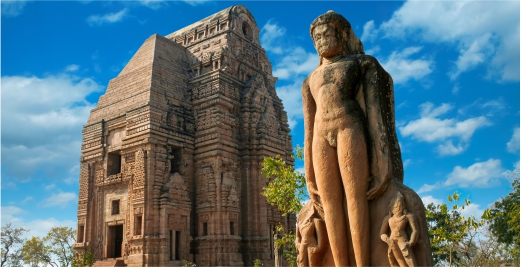
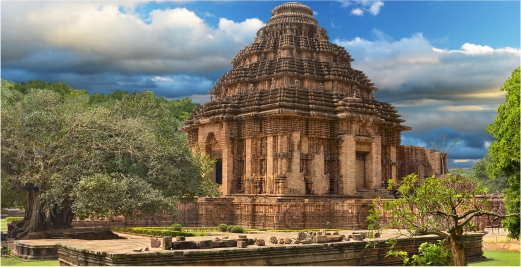
Sun Temple
Red sandstone and marble combine to create the stunning Sun Temple of the Surya Temple. Inspired by the Sun Temple in Konark, Odisha, this temple was constructed in 1988 by industrialist GD Birla. The temple’s interior is covered in white marble, whereas the exterior is made of red sandstone.
Red sandstone and marble combine to create the stunning Sun Temple of the Surya Temple. Inspired by the Sun Temple in Konark, Odisha, this temple was constructed in 1988 by industrialist GD Birla. The temple’s interior is covered in white marble, whereas the exterior is made of red sandstone.
Gwalior Fort
Overlooking the sprawling city below is the magnificent Gwalior Fort, which extends along a 3-kilometres-long plateau. The 8th-century architectural marvel dominates the skyline of Gwalior and appears to be on guard at one end of the city. The palaces, temples, and other structures inside the fort complex have been constructed over time and reflect the influences of various dynasties. They have served as homes to hundreds of kings over the centuries.
Overlooking the sprawling city below is the magnificent Gwalior Fort, which extends along a 3-kilometres-long plateau. The 8th-century architectural marvel dominates the skyline of Gwalior and appears to be on guard at one end of the city. The palaces, temples, and other structures inside the fort complex have been constructed over time and reflect the influences of various dynasties. They have served as homes to hundreds of kings over the centuries.
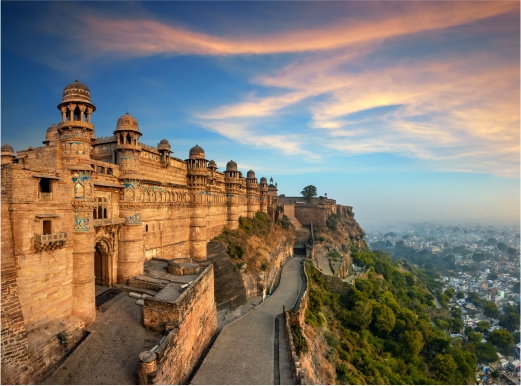

Mitaoli, Padavali and Bateshwar
A number of stunning old temples can be found in these three locations. Mitaoli is home to the well-known Chausath Yogini temple. The architecture of this circular temple is credited with inspiring India’s Parliament building. It is a masterpiece of symmetrical art. Padavali has an 18th century fort with an ancient temple. Nearly 200 sandstone temples, collectively known as the Bateshwar group of temples, are constructed atop a rocky hill. These date from the reigns of the kings of the Gurjara-Pratihara dynasty, who held power between the eighth and eleventh centuries.
A number of stunning old temples can be found in these three locations. Mitaoli is home to the well-known Chausath Yogini temple. The architecture of this circular temple is credited with inspiring India’s Parliament building. It is a masterpiece of symmetrical art. Padavali has an 18th century fort with an ancient temple. Nearly 200 sandstone temples, collectively known as the Bateshwar group of temples, are constructed atop a rocky hill. These date from the reigns of the kings of the Gurjara-Pratihara dynasty, who held power between the eighth and eleventh centuries.
Sarafa Bazar
This market is a one-stop shop for absolutely everything, and it’s right in the heart of the city. The incredible variety of handicrafts, jewellery, and handlooms available is the primary factor in the market’s popularity. The variety of street food is another aspect of the market that makes it unique.
This market is a one-stop shop for absolutely everything, and it’s right in the heart of the city. The incredible variety of handicrafts, jewellery, and handlooms available is the primary factor in the market’s popularity. The variety of street food is another aspect of the market that makes it unique.

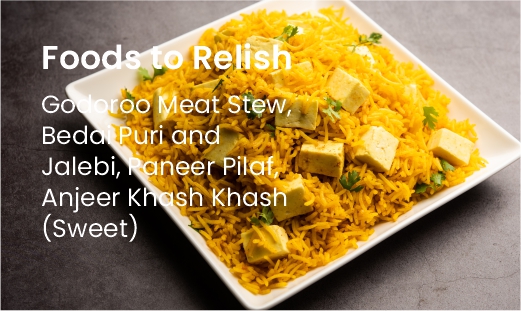
-
Destination



